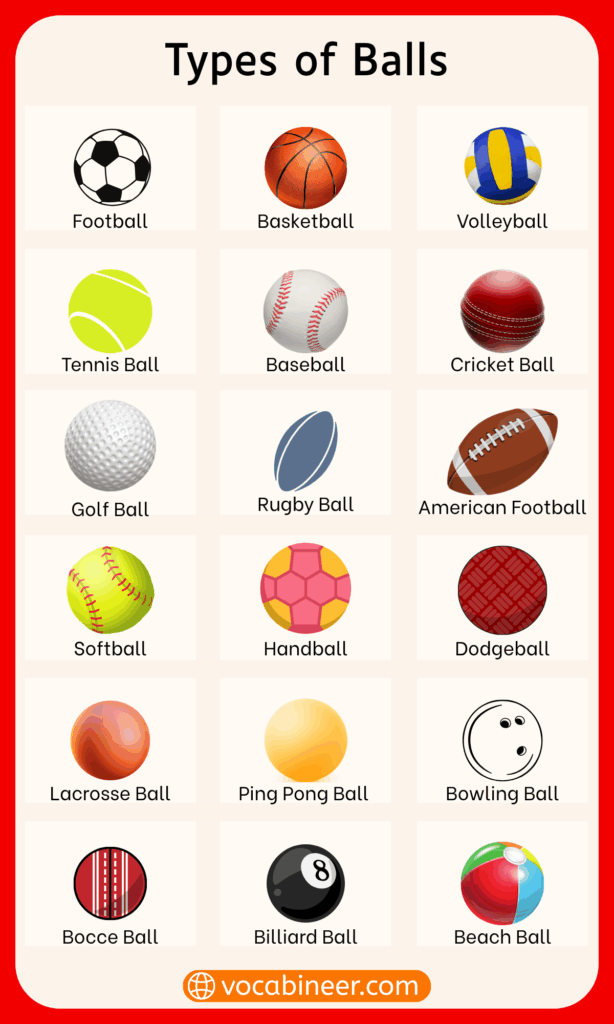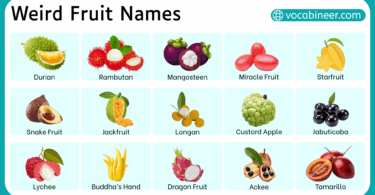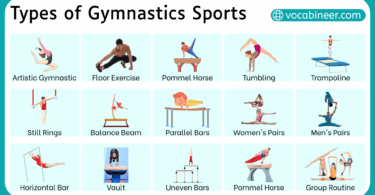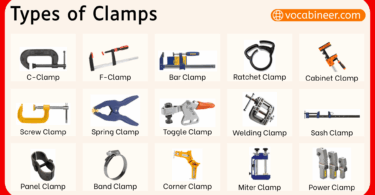Sports around the world use many kinds of balls, each designed for the way the game is played. Some balls are round for kicking, others are oval for carrying, and some are small and light for hitting with bats or rackets. Knowing the different types of sports balls with their names and pictures makes it easier to talk about games, learn new rules, and even shop for equipment.
By learning the names of balls in sports, students, fans, and players can connect better with sports in school, professional matches, or casual play.
In This Page
Common Balls Used in Sports Worldwide
Balls are at the center of many sports, and some types are played in almost every country. These balls are designed to match the rules and style of each game, making them easy to recognize around the world. Below is a list of the most common balls used in sports worldwide:
- Soccer Ball
- Basketball
- Tennis Ball
- Cricket Ball
- Baseball
- Volleyball
- Golf Ball
- Rugby Ball
- Table Tennis Ball
- Softball
- American Football
- Handball
- Netball
- Squash Ball
- Billiard Ball
- Bowling Ball
- Water Polo Ball
- Lacrosse Ball
- Dodgeball
- Exercise Ball
- Yoga Ball
- Medicine Ball
- Polo Ball
- Bocce Ball
- Rounders Ball
- Racquetball
- Snooker Ball
- Beach Ball
- Futsal Ball
- Kickball
List of Different Types of Balls in Sports with Names
Sports use many kinds of balls, and each game has its own design and purpose. From basketball to cricket, every ball is made to fit the way the sport is played. Below are the different types of balls in sports with details of each.
Ball Games Played with the Foot (Football Sports Balls)
Sports played with the foot use round or oval balls for kicking, passing, or running. The size, bounce, and material depend on the sport.
- Football Ball – Oval, leather or synthetic, used in American football for throwing and kicking.
- Soccer Ball – Round, stitched in panels, made for passing, dribbling, and goal scoring.
- Rugby Ball – Larger than a football, oval with rounded ends, designed for running and ground passes.
- Australian Rules Football Ball – Oval, rounder ends, created for long-distance kicking.
- Futsal Ball – Smaller than a soccer ball, low bounce, made for indoor court control.

Ball Games Played with the Hand (Hand Sports Balls)
Hand-played sports need balls that are light enough to throw but durable for fast movements.
- Basketball – Large, textured surface for dribbling, passing, and shooting into hoops.
- Volleyball – Lightweight, soft panels, made for spiking and passing over nets.
- Handball – Smaller ball, grippy surface, built for quick passes and fast goals.
- Netball – Similar to basketball but lighter, used in passing and shooting without a backboard.
Bat-and-Ball Sports (Striking Balls)
These sports need hard, dense balls that can handle fast hits and field play.
- Cricket Ball – Hard leather, stitched seam, made for bowling and batting.
- Baseball – White with red stitching, used for pitching, batting, and fielding.
- Softball – Larger and softer than baseball, pitched underhand.
- Rounders Ball – Small, lightweight, played with wooden bats in schools or parks.
- Polo Ball – Hard, smooth, designed for striking with mallets while riding horses.
Racket and Paddle Sports Balls
These games use light balls or ball-like objects for striking with rackets or paddles.
- Tennis Ball – Pressurized, covered in felt, bouncy for outdoor and indoor courts.
- Table Tennis Ball (Ping Pong Ball) – Very small, hollow, fast-moving on tables.
- Squash Ball – Rubber, low bounce, made for indoor wall rallies.
- Racquetball – Bigger and bouncier than squash balls, used indoors.
- Badminton Shuttlecock – Feathered or plastic, not a ball but plays the same role.
Precision and Target Sports Balls
These games need small, heavy, or uniquely designed balls for accuracy and control.
- Golf Ball – Small, dimpled surface, built for long-distance shots.
- Billiard Ball / Pool Ball – Hard, shiny, used with cues on green tables.
- Snooker Ball – Similar to billiards but slightly smaller and used in professional snooker.
- Bowling Ball – Very heavy, with finger holes, rolled to knock down pins.
- Bocce Ball – Solid, smooth, thrown to get close to a target ball.
Water and Beach Sports Balls
These balls float, resist water, and are easy to grip when wet.
- Water Polo Ball – Textured for grip, made to float in pools.
- Beach Ball – Inflatable, colorful, used for fun on sand and beaches.
- Lacrosse Ball – Small, solid rubber ball used with sticks to pass and score.
Winter and Ice Sports Balls
Cold-weather sports use balls or ball-like objects for sliding on ice.
- Ice Hockey Puck – Flat rubber disk, used as a ball-equivalent on ice.
- Broomball Ball – Round, rubbery, made for playing on ice with sticks.
Recreational and Training Balls
These balls are used for casual games, fitness, or practice.
- Dodgeball – Soft and safe, used for throwing games indoors or outdoors.
- Kickball – Larger than soccer balls, played in playgrounds with bases.
- Exercise Ball – Large, inflatable, used for workouts, stretching, and balance.
- Yoga Ball – Similar to exercise ball, helps with posture and stability training.
- Medicine Ball – Heavy, solid, made for strength workouts and athletic drills.
FAQs Different Types of Balls Used in Sports
There are dozens of sports balls, including round, oval, and specialized ones. Common examples include soccer balls, basketballs, cricket balls, tennis balls, golf balls, and many more designed for specific games.
A soccer ball is larger, lighter, and designed for outdoor play, while a futsal ball is smaller, heavier, and has less bounce, making it better for indoor courts and close control.
Each sport has unique rules and playing conditions, so balls are designed for the right weight, bounce, size, and material to suit the game. For example, tennis balls bounce, cricket balls are hard, and volleyballs are lightweight.
The bowling ball is one of the heaviest, weighing between 6–16 pounds (2.7–7.3 kg), depending on the player’s choice. Medicine balls used in training can be even heavier.
In ice hockey, the puck is not a ball but is often grouped as a “ball-equivalent” because it serves the same function—being struck, passed, and scored with during the game.
Read More




